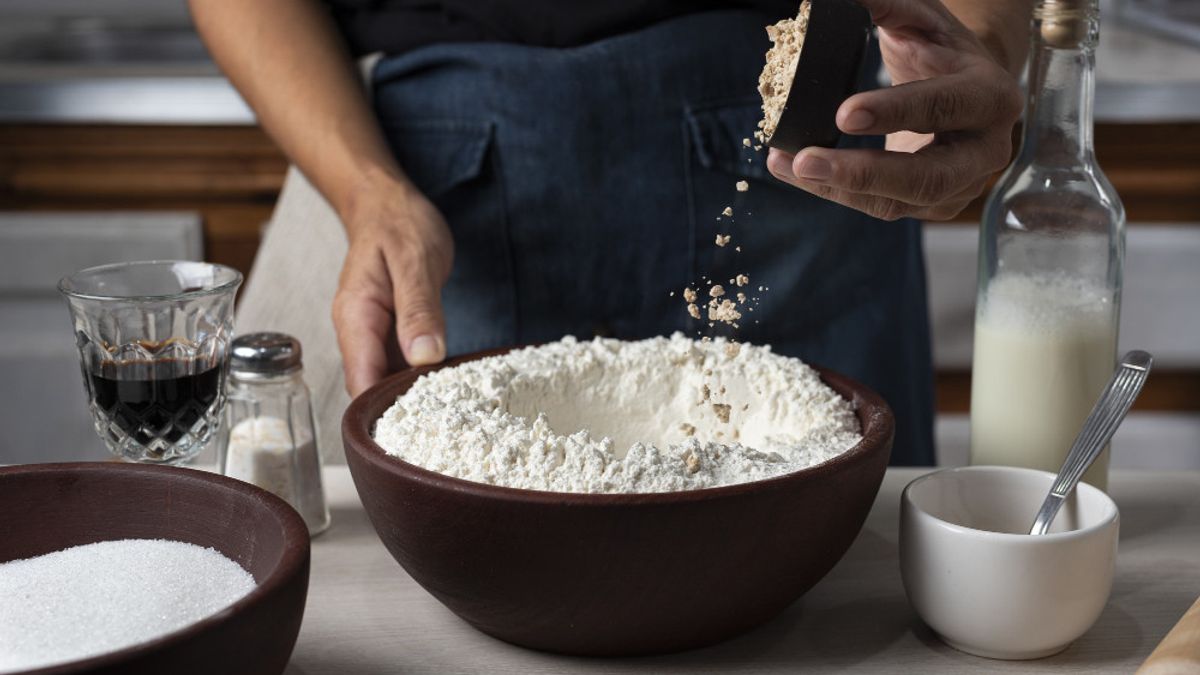YOGYAKARTA - In the culinary world, especially in making cakes and various traditional foods, flour plays an important role. Two types of flour that often cause confusion are tapioka flour and kanji flour. Many are wondering whether these two flours are the same or different. This article will review in full the differences in tapioka flour and kanji flour so that you better understand each other's usefulness.
What Is Tapioka Flour?
Tapioka Flour is flour made from the extraction of the cassava star. The manufacturing process involves a fresh cassava mill which is then squeezed to produce the star which is dried into flour. This flour has a smooth texture and is clean white.
Tapioka Flour is famous for providing a chewy and elastic texture in food. These ingredients are often used in the manufacture of foods such as:
In addition, tapioka flour is also used as a dilution material in various sauces and soups because of its ability to form a strong and slippery consistency.
What Is Kanji Flour?
Flour kanji is also flour originating from cassava. Technically, kanji flour and tapioka flour come from the same source, namely cassava, and have a similar manufacturing process. In some areas in Indonesia, the terms "stepung kanji" and "stepung tapioka" are used alternately to refer to the same product.
However, differences in the use of this name are more common in local or traditional practices. In a broad sense, kanji flour is actually another name of tapioka flour in Indonesia. However, some people consider there to be small differences between the two, especially in terms of processing or purification.
Here are some things that can help understand the difference between tapioka flour and kanji flour:
1. Source of Baku Materials
2. Texture and Color
3. Use in cooking
4. Name and mention
SEE ALSO:
When To Use Tapioka Flour Or Kanji Flour?
Given that both are basically the same product, you can use tapoka flour and kanji flour alternately in recipes, unless the recipe specifically asks for certain types of flour with different levels of purification.
Several examples of use:
Did You Know The Differences In Types And Functions Of Flours That Are Often Captivated In The Market?
Technically, there is no big difference between tapioka flour and kanji flour because both come from the same material, namely cassava. However, the difference in terms is more related to regional habits and mention in Indonesia. So, when you find a recipe that uses one of the two names, you can use it without worrying. Understanding the difference in tapioka flour and kanji flour will help you be more confident in cooking and trying out various new recipes.
So after knowing the difference in tapoka flour and Kanji flour, see other interesting news on VOI.ID, it's time to revolutionize news!
The English, Chinese, Japanese, Arabic, and French versions are automatically generated by the AI. So there may still be inaccuracies in translating, please always see Indonesian as our main language. (system supported by DigitalSiber.id)

















